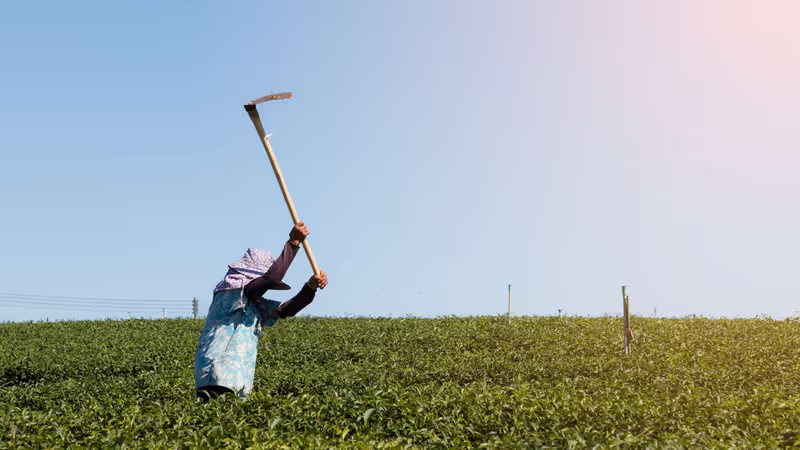| Timeline | From January 2013 to 31 December 2016 |
|---|---|
| Theme | Resource security |
| Countries | Kenya |
| Funded by | Netherlands Embassy, Nairobi |
The Lake Naivasha basin is diverse both in terms of ecosystems and economic activities, all of which depend on having enough water of good quality. Over the last 30 years the basin has undergone several economic transformations that threaten both water quality and quantity. The basin is relatively small and ranges from highlands in the north east and west, to semi-arid rangelands in the south and south east. It is home to three National Parks (Aberdares, Longonot and Hell’s Gate), as well as at least six privately-owned wildlife sanctuaries, and it is the heart of Kenya’s horticulture industry. The lake’s natural beauty, rich biodiversity and mild climate alone attracts up to 1.8 million visitors annually.
The IWRAP programme brings together all stakeholders in the area and a consortium of Dutch and Kenyan organizations to develop an integrated water resources management plan that serves the needs and interests for long-term sustainable developments of all stakeholders.
The specific task of ITC is to Increase knowledge and technical capacity for quantitative water resource management and monitoring in Lake Naivasha Basin. Basically, this means that capacity will be built up at the Kenyan organizations that manage the lake to constantly monitor the quantity and quality of the water resources in the basin. In addition, various models for groundwater and surface water will be developed and staff will be trained to maintain and use these models for scenario analysis and forecasting.
The project has developed a web-based platform that makes all data and information generated publicly accessible through internet.


